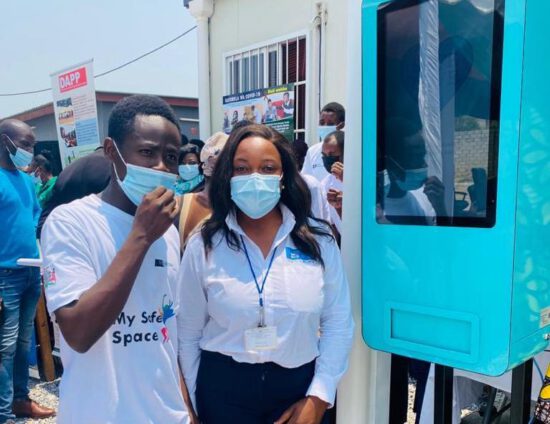
16th January 2020 by Jason Vincent
K-Net and Alternative Digital Payments in Kuwait and the Middle East
In our second post regarding payment systems and technology on our digital vending machines (see here for part 1 discussing our integration with Square: http://blog.aeguana.com/2020/01/09/accepting-square-payments-on-vending-machines/) we’ll be looking at payment system alternatives for the Middle East, and specifically Kuwait.
With very limited hardware options available for unattended payment processing, and local systems such as K-net presenting it’s own regulatory requirements and challenges, operating vending machines in Kuwait can be difficult.
On one such project recently we engaged in detailed conversations with K-net directly, and the requirements for integrating their payment processing into existing ‘unattended’ hardware that was ‘vending compliant’ – think MDB. It turned out, there wasn’t anything readily available.
Whilst a couple of companies pop up online purporting to provide a ‘solution’, this involves costly integration certification costs and in some cases presents an oddly difficult challenge – the requirement for a dedicated internet line, between the acquiring bank and the payment hardware.
Yes. You read that correctly. Meaning that for a company like Aeguana providing all our digital vending machines with connectivity as standard, we would need not one, but two, internet connections per machine. But it get’s worse. The payment connection must be a hardwired one.
It’s easy to see just how challenging this rapidly becomes for a vending operator. Installation suddenly involves costly infrastructure, and perhaps worst of all, moving machines in the event that sales performance is below expectations becomes incredibly challenging.
After exploring virtually every option available, we opted to approach the problem from a different angle altogether. By using the existing VendLive API and functionality, we developed a mobile application that serves as a ‘wallet’ to make purchases on the machines directly.
This is a customer-branded mobile application (that we happened to develop in this instance, but could have just as easily been developed by any third party with access to the Aeguana VendLive APIs). Our integration involves digital payments, but rather than simply integrate with K-net directly, which was a viable option, we integrated with a third party aggregator called My Fatoorah.
This enables machines to operate virtually anywhere in the Middle East, and accept a wide array of payment methods local to the region. Customers use the mobile application to ‘top up’ their wallet, and can then transact seamlessly at any machine.
There are a few hidden benefits beyond ‘traditional’ MDB capabilities of operating within a digital wallet this way, that aren’t immediately apparent:
- Automatically being able to associate purchases to customers (since they’re logged into the app prior to transacting). This enables loyalty points to be accrued, and purchase patterns to be analysed (eg: customer retention etc).
- Automated partial refunds should a vending transaction not complete successfully. In the typical unattended vending workflow, if one of two items purchased were to fail, we either need to reject the full transaction, or take the full payment. This means someone is always left out of pocket (either the vending operator or the end customer).
- No cashless limits and no pin-pad requirements. Transactions can be for any amount as long as the end-customer has sufficient credit within their wallet to make the vending purchase.
From a technology perspective, this has added generic digital wallet capabilities to the VendLive platform, which has subsequently been integrated with a variety of other payment gateways (including cryptocurrency payments, Paypal and closed-loop employee systems).
There are some obvious drawbacks to the approach. For vending operators relying on customers purchasing on ‘impulse’ in high footfall / traffic locations, this could reduce sales considerably. Customers would need to first download the application, then add credit, and finally be able to make a payment.
However, for vending operators installing machines in areas with a captive audience, such as office blocks, leisure centres, hospitals, schools and universities (among others), it becomes a significant selling point.
Customers get to be ‘rewarded’ for their loyalty (each purchase for instance) using the automated loyalty schemes available. They could optionally receive a ‘signing up’ bonus as a new customer, whereby they could benefit from 50% off a meal-deal or even an entirely free ‘first purchase’. As long as the customer retention is high, offering a financial incentive to ‘try’ the products through the machine can be a minimal customer acquisition cost.
At Aeguana, we’re incredibly excited by the opportunities presented by alternative payment technology, and we’ll continue to push the boundaries to make our digital vending machines the best they can be!




